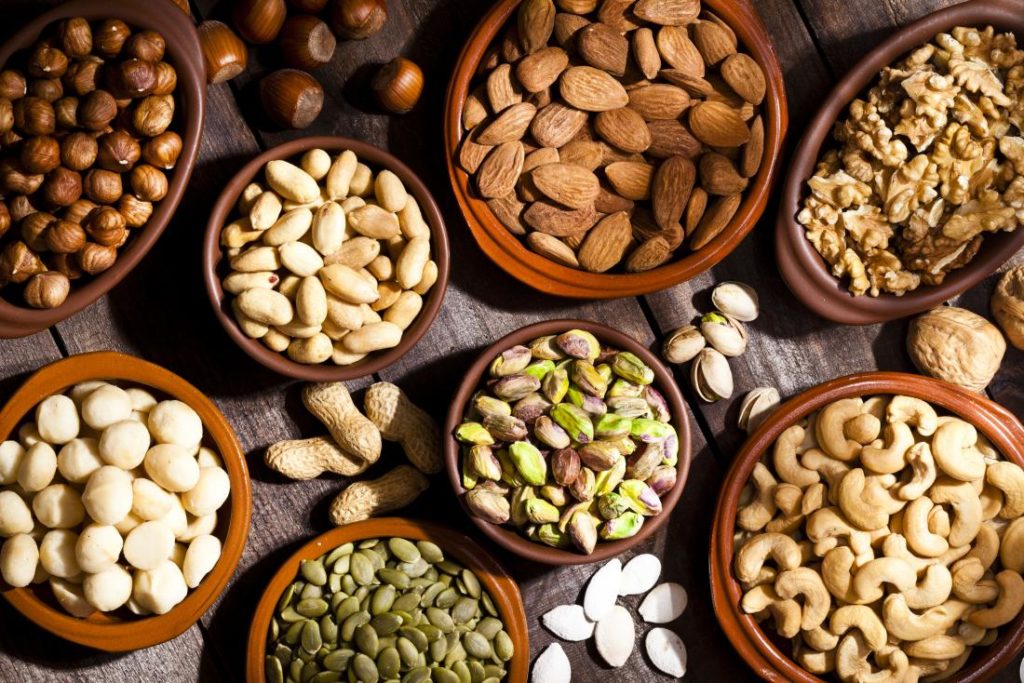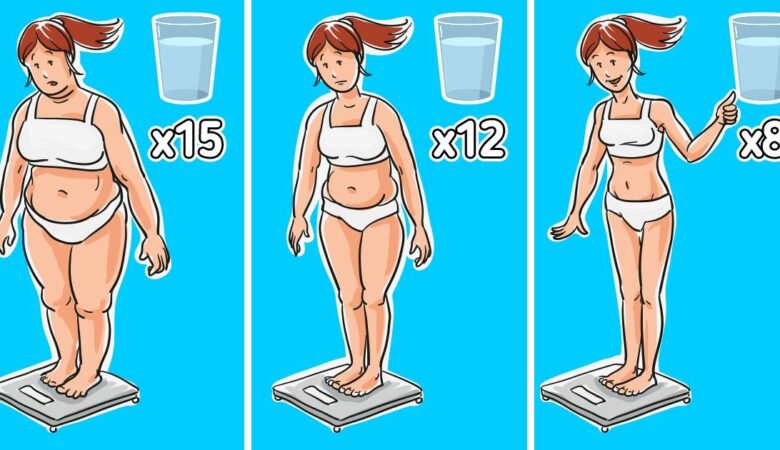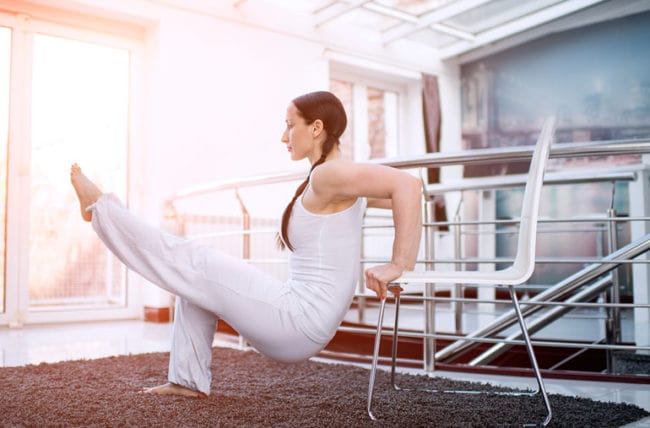Varicose veins occur when a person’s veins swell and enlarge. In some people, they can cause pain and discomfort. A variety of home remedies can help reduce the appearance and pain of varicose veins.
About 20% of adults experience varicose veins at some time. There are several medical treatments for this condition, although a person also wants to try natural remedies to relieve their symptoms.
In this article, we look at 10 natural ways to treat varicose veins at home.
What Are Varicose Veins?

Varicose veins can develop when small valves in the veins weaken. These valves generally prevent blood from flowing back through the veins and, when damaged, can accumulate in the veins. This causes crooked and swollen veins that also become very visible.
Varicose veins may be noticed due to their dark blue or purple appearance; They also stand out under the skin.
Other symptoms of varicose veins include:
- Burning sensation or throbbing in the legs
- Uncomfortable legs that look heavy or sore
- Muscle cramps that may be more visible at night
- Swelling of feet and ankles
- Dry or itchy skin that looks thinner in varicose veins
Ten Home Remedies For Varicose Veins
If a person has varicose veins, they can try the following home remedies to help control the condition and improve symptoms:
1. Exercise
Regular exercise encourages better blood circulation in the legs, which helps push the blood collected in the veins. Exercise also helps lower a person’s blood pressure, which is another factor that contributes to varicose veins.
Low impact exercises help keep the calf muscles working without overexertion. Effective low impact exercises include:
- swim
- walk
- cycling
- yoga
2. Compression Stockings
Compression socks are available at most pharmacies and can help by applying pressure on the legs. This helps the muscles and veins move blood to the heart.
A 2018 study found that people wearing knee compression stockings with a pressure of 18 to 21 mmHg for a week reported a reduction in pain and pain associated with varicose veins.
Compression stockings can be found in pharmacies or online stores.
3. Plant Extracts
A 2006 review study suggests that horse chestnut extract, Aesculus hippocastanum L., can help reduce leg pain, weight, and itching in people with chronic venous insufficiency, which is an important cause of varicose veins. Aesculus hippocastanum L. is available for purchase in health food stores and online.
A 2010 review study reports that sea pine extract, Pinus Maritima and Butcher extract, Ruscus aculeatus, can reduce swelling or edema of the legs, usually associated with varicose veins. Ruscus aculeatus is available for purchase in health food stores and online.
Plant extracts and essential oils should be diluted in carrier oils before being applied topically or used in an aromatherapy diffuser.
4. Dietary Changes

Salty or high-sodium foods can cause the body to retain water, so reducing salty foods can minimize water retention. Potassium-rich foods can help reduce water retention.
Potassium-rich foods include:
- Almonds and pistachios
- White lentils and beans
- Potatoes
- Leafy vegetables
- Some fish like salmon and tuna
Foods with fiber help keep the intestines moving and prevent constipation. This can be important since stress can make the damaged valves worse or worse.
Foods rich in fiber include:
- nuts, seeds, and vegetables
- oats, wheat, and flaxseed
- Whole-grain foods
People who are overweight are more likely to suffer from varicose veins, so losing excess weight can reduce blood pressure in the veins and relieve swelling and discomfort.
5. Eat More Flavonoids
Adding foods that contain flavonoids can also help a person decrease their varicose veins.
Flavonoids improve blood circulation, which maintains blood flow and decreases the likelihood of accumulation in the veins. They also help lower blood pressure in the arteries and can relax blood vessels, which can reduce varicose veins.
Foods that contain flavonoids include:
- vegetables like onion, pepper, spinach, and broccoli
- citrus and grapes, cherries, apples and cranberries
- cocoa
- Garlic
6. Herbal Remedies
According to the National Institute of Health, taking grape seed extract, Vitis vinifera, orally, can help reduce swelling of the legs and other symptoms of chronic venous insufficiency, although there is currently limited evidence of its effectiveness.
A person prescribed with anticoagulant medications should avoid taking grape seed extract as a dietary supplement, as it can interact with the medication and increase the risk of bleeding.
7. Choose Non-restrictive Clothing
Wearing tight clothing can restrict blood flow. A person may find that his circulation improves by wearing loose clothing that does not restrict the blood supply to the lower body.
Wearing flat shoes instead of high heels can also help with varicose veins in the legs.
8. Keep Your Legs Up
Keeping your legs elevated, ideally at or above your heart, will help improve circulation. This reduces the pressure on the veins of the legs and the severity helps the blood flow smoothly to the heart.
A person should try to keep their legs elevated if they want to sit for long periods of time, such as during work or rest.
9. Massage
Gently massaging the affected areas can help blood flow through the veins. A person can use soft or moisturizing massage oils to get the best effects.
Avoiding direct pressure on the veins is crucial as this can damage fragile tissues.
10. Keep Walking
Avoid sitting for long periods of time. If a person has to sit for long periods of time at work, they should try to get up and move or change positions frequently so that blood flows smoothly.
Avoid sitting cross-legged, as this can further restrict blood flow to the legs and feet, which can increase circulation problems.
Photo Preview and other Help Credit: ©medicalnewstoday.com









Leave a Reply